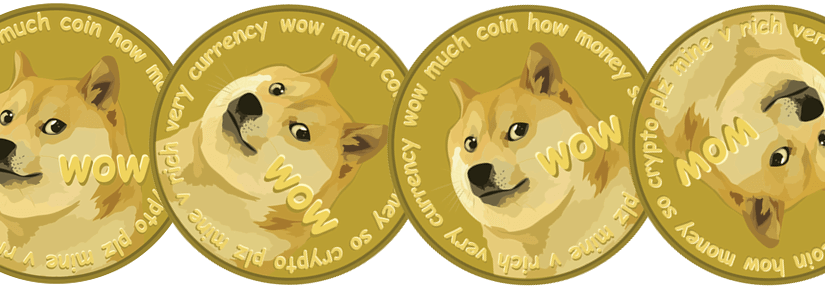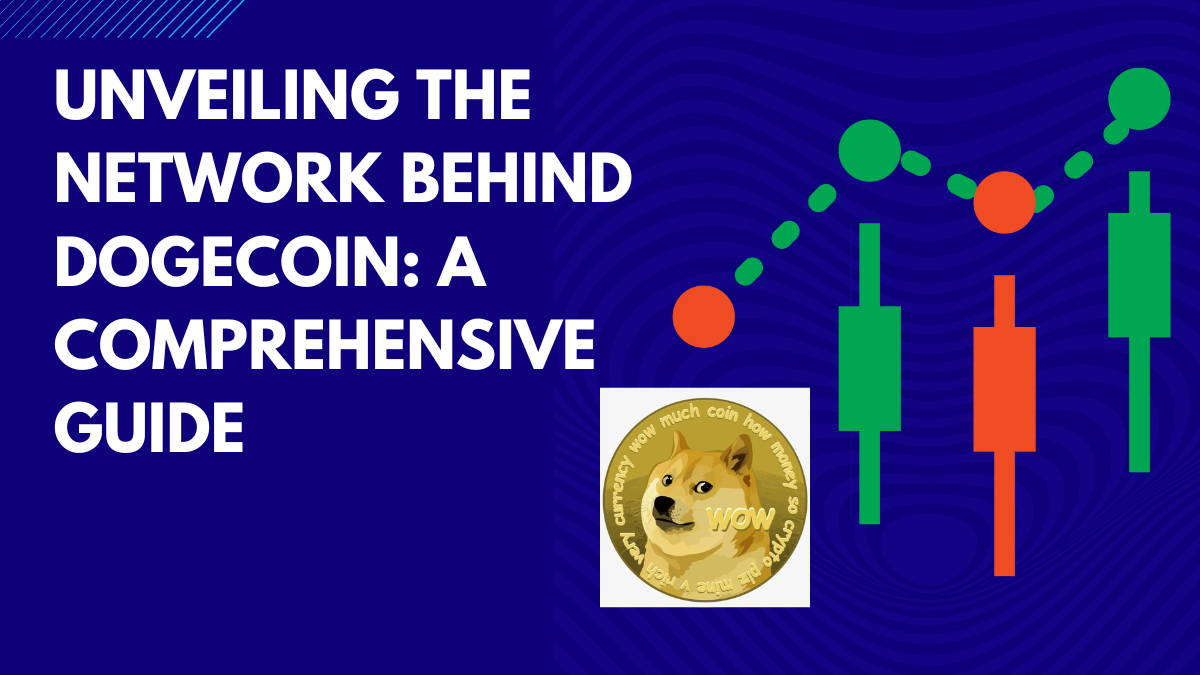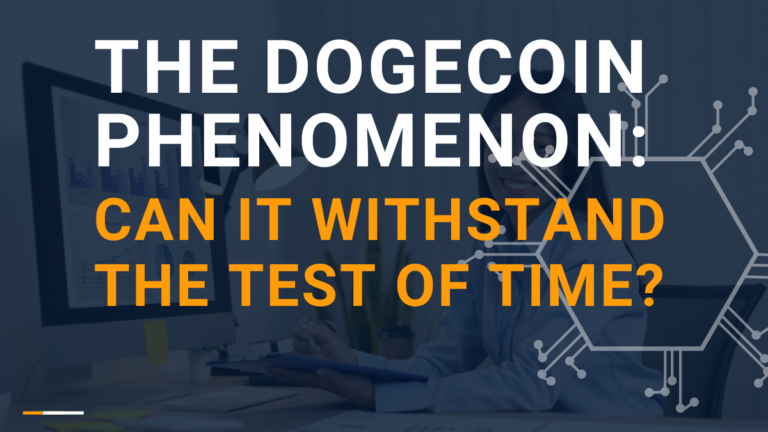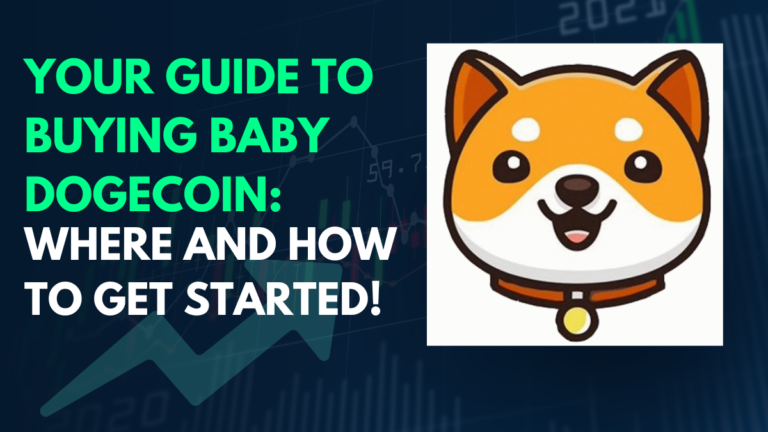Unveiling the Network Behind Dogecoin: A Comprehensive Guide

Are you ready to dive into the exciting world of Dogecoin? Buckle up as we take you on an exhilarating journey behind one of the most popular cryptocurrencies out there: Dogecoin. Get ready to uncover the secrets and inner workings of its powerful network, as we guide you through a comprehensive tour that will leave you awe-inspired.
From its humble beginnings to its unprecedented rise, this blog post is your ultimate ticket to unraveling the mysteries surrounding Dogecoin’s network. So grab your virtual leash and let’s embark on this incredible adventure together!
Table of Contents
What is Dogecoin?
Dogecoin is a cryptocurrency featuring a likeness of the Shiba Inu dog meme and was created as a fun way to make online transactions without worrying about chargebacks. Transactions are verified by network nodes through cryptography and recorded in a publicly distributed ledger called the blockchain.
Dogecoin is based on the Bitcoin currency code but uses an altered protocol to reward early adopters and developers.

History of Dogecoin
Dogecoin was created on December 6th, 2013, as an altcoin for the Bitcoin community, featuring a Shiba Inu as its mascot. The goal of Dogecoin is to become the number one digital currency.
The development team for Dogecoin is based in Sydney, Australia. The project’s Initial Coin Offering (ICO) raised over 5700 BTC or $5.7 million USD.
At the time of this writing, Dogecoin has a market cap of $257 million and ranks 7th by market capitalization among all cryptocurrencies.
The Dogecoin Network
Dogecoin is a fun-loving digital currency that rewards its users for contributing to the network. The Dogecoin network is very active and decentralized, with over 70% of all coins being created every day. Because of this, Dogecoin has been highly successful in achieving its goal of becoming the world’s most popular digital currency.
One key feature of the Dogecoin network is its rapid creation of new coins. Every 2 minutes, on average, a new Dogecoin is created and added to the blockchain. This makes it one of the easiest digital currencies to mine. Because the network is so active, it’s also relatively resistant to attacks, making it one of the safest options available.
Another important feature of the Dogecoin network is its secure wallet system. All wallets are encrypted using strong cryptography and locked down with two-factor authentication measures. This makes it difficult for anyone else other than the owner to access your funds.
In addition to its strong security features, the Dogecoin network is also robustly decentralized. Over 70% of all coins are created by participants who voluntarily participate in mining operations. This ensures that no single institution or individual controls a significant portion of the network’s resources.
How Does the Dogecoin Network Work?
The Dogecoin network is made up of miners who help propagate the coin. Miners are rewarded with Dogecoins for verifying and mining transactions. They also have the option to set their own difficulty level, making it more difficult to generate new Dogecoins.
Each time someone tries to spend a Dogecoin, the network looks for a miner who can confirm that the transaction is legitimate. If two different miners verify the same transaction, then the first miner’s block is verified and added to the blockchain, and both miners receive a reward in Dogecoins.
Who Controls the Dogecoin Network?
Dogecoin is a digital currency based on the Litecoin protocol. It was created on December 8, 2013, by Billy Markus and Jackson Palmer. Dogecoin’s mining algorithm uses the Scrypt algorithm, which makes it more difficult to produce than other digital currencies. The total number of dogecoins in existence as of February 2014 was 105 million.
Dogecoin relies on a network of peer-to-peer nodes to function. The nodes are responsible for relaying transactions and creating new blocks on the Dogecoin blockchain. The node that finds the next block is rewarded with 25 dogecoins (25% of all rewards) and also becomes responsible for adding this block to the blockchain. In order to prevent spamming, only a certain number of blocks can be added every 10 minutes.

The Dogecoin Foundation provides financial and logistical support for the development of Dogecoin. Jackson Palmer is currently serving as the foundation’s president. The foundation also manages a pool of donated resources, which are used to promote Dogecoin among various communities and organizations.
Conclusion
In this comprehensive guide, we will explore the inner workings of Dogecoin and show you how it operates as a digital currency. From its inception to its recent rise in value, we will cover all the key points that you need to know in order to make an informed decision about whether or not investing in Dogecoin is right for you. So if you’re curious about what lies behind this popular cryptocurrency, read on!






